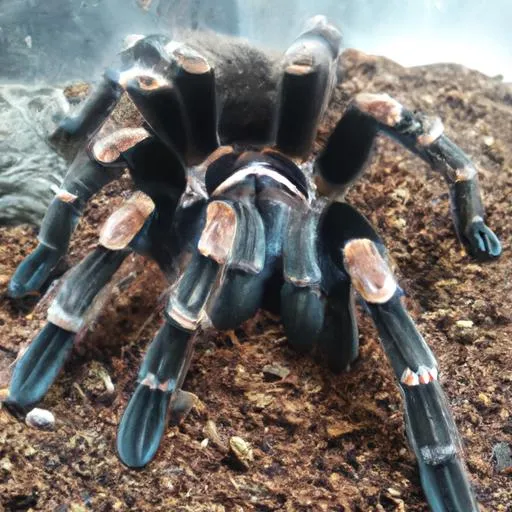What Defines a ‘Largest’ Tarantula
The world of tarantulas is filled with fascinating creatures, but which ones truly reign supreme in terms of size? Determining the ’largest’ isn’t as simple as it seems. There are several metrics we can use, each offering a slightly different perspective on these impressive arachnids. This guide explores the giants of the tarantula world, providing you with the essential facts you need to know about their size, care, and behavior. Understanding how we measure these creatures will help you better appreciate their scale and the remarkable adaptations that allow them to thrive.
Leg Span Measurement
The most common way to measure a tarantula’s size is by its leg span. This measurement is taken from the tip of one leg, across the body, to the tip of the opposite leg, when the tarantula is in a relaxed position. This gives a good indication of the overall size and visual impact of the tarantula. However, leg span can sometimes be misleading, as it doesn’t account for the bulk or weight of the tarantula.
Leg span is a crucial factor when it comes to recognizing potential giants. Measuring the leg span correctly requires a gentle touch and a keen eye. For the purposes of this article, we’ll primarily focus on leg span, as it is the most widely accepted size metric when discussing the ’largest tarantulas’ and makes for easy comparison across species. An accurately measured leg span ensures the information and discussion about the tarantulas are consistent and easily understood.
Consideration of leg span is vital for proper habitat planning, ensuring the tarantula has adequate space to move around. It also factors into the handling and safety of these animals, since larger tarantulas may potentially have longer fangs and a stronger bite. It is crucial to properly measure the tarantula leg span to have a general understanding of their size and to have a basis for understanding their care.
Body Mass Consideration
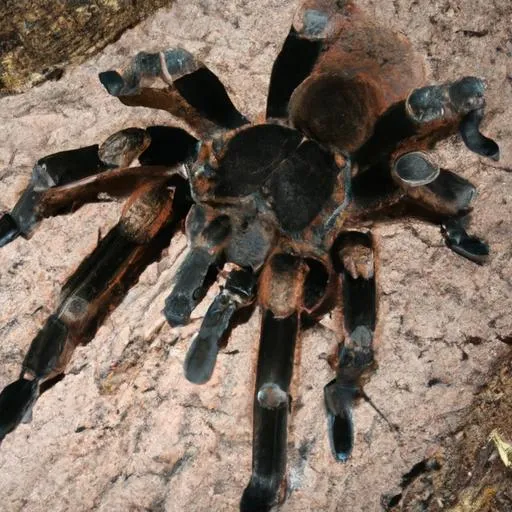
Another way to assess a tarantula’s size is by considering its body mass, or weight. This measurement gives a better understanding of the tarantula’s bulk and overall physical presence. Some tarantulas with a slightly smaller leg span might weigh more due to their thicker bodies and heavier build. This is a useful metric for comparing different species.
Body mass, or weight, can fluctuate based on the tarantula’s hydration levels and whether it has recently eaten. Regularly weighing the tarantula helps in monitoring its overall health and well-being. Body mass, when combined with leg span, creates a complete picture of a tarantula’s actual size and gives a more accurate view when it comes to measuring the size of a tarantula.
Top 5 Largest Tarantula Species
Now, let’s dive into the giants! Here are the top 5 largest tarantula species, renowned for their impressive size and unique characteristics.
Goliath Birdeater (Theraphosa blondi)
Size and Appearance
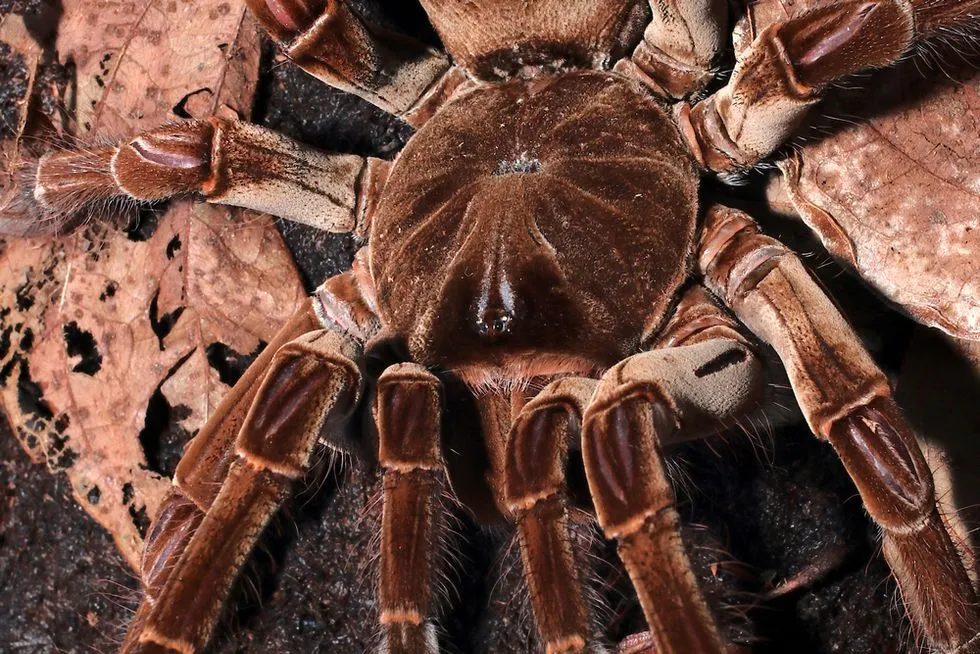
The Goliath Birdeater, as its name suggests, is one of the largest tarantulas in the world, boasting a leg span that can exceed 12 inches (30 cm) and weighing over 6 ounces (170 grams). This impressive size, combined with its dark brown coloration and the numerous hairs that cover its body, makes it a truly imposing sight. Their fangs can reach up to an inch long.
Habitat and Behavior
Native to the rainforests of South America, the Goliath Birdeater is a terrestrial species, meaning it spends most of its time on the ground. While they rarely eat birds, their diet consists primarily of insects, other invertebrates, and occasionally small vertebrates. They are known to be defensive and will readily flick urticating hairs as a defense mechanism.
Goliath Pinkfoot (Theraphosa apophysis)
Size and Appearance
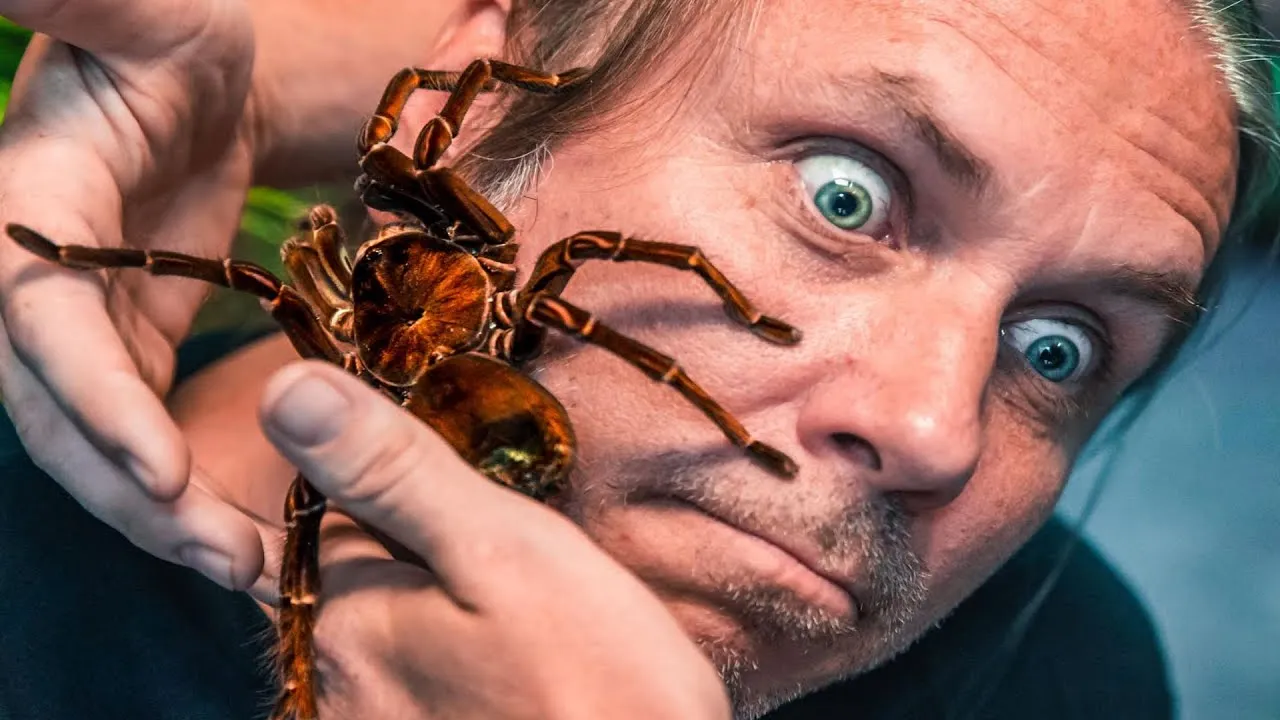
Closely related to the Goliath Birdeater, the Goliath Pinkfoot is another contender for the title of ’largest tarantula.’ While slightly smaller than the Goliath Birdeater, it can still reach a leg span of over 10 inches. Their distinguishing feature is the pink coloration on their feet, which contrasts beautifully with their dark brown body. This species has a similar appearance to the Goliath Birdeater, but the pink feet are a key identifier.
Habitat and Behavior
Found in the rainforests of northern Brazil, the Goliath Pinkfoot shares similar habitat preferences with the Goliath Birdeater. They are also terrestrial and ambush predators, waiting for prey to come within striking distance. Like the Goliath Birdeater, they are known to be defensive and will readily flick urticating hairs when threatened.
Brazilian Giant Blonde (Lasiodora parahybana)
Size and Appearance
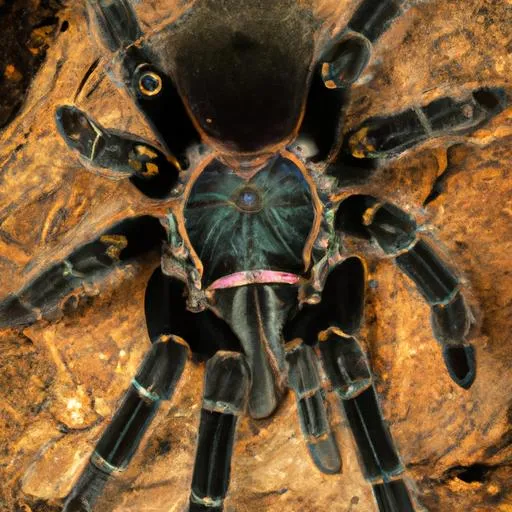
The Brazilian Giant Blonde is another large tarantula, often reaching a leg span of up to 10 inches (25 cm). They are known for their light brown coloration and the blonde hairs that cover their legs and carapace. Their impressive size, combined with their relatively docile temperament, makes them a popular choice for experienced tarantula keepers. They are more docile when compared to the Goliath Birdeater.
Habitat and Behavior
Native to the rainforests of Brazil, this species is also terrestrial. They are relatively fast-growing and can be a rewarding species to keep. They are opportunistic feeders and will consume a variety of insects and other invertebrates. They are generally considered to be less defensive than the Goliath species, but they can still flick urticating hairs when provoked.
Haitian Brown Tarantula (Hapalotremus villosella)
Size and Appearance

The Haitian Brown tarantula can grow up to 8 inches in leg span. Their bodies are covered in brown hairs with darker shades and they are easily identifiable by their large size and hair coverage. While their size might not be as imposing as the Goliath species, they are still notably large and impressive in their appearance.
Habitat and Behavior
The Haitian Brown tarantula calls the island of Hispaniola home, and they are known for their relatively docile temperament, making them a good option for intermediate tarantula keepers. This species prefers to live in burrows or other concealed locations, and they are ambush predators. They are generally considered to be less defensive than the Goliath species, but they can still flick urticating hairs when provoked.
Burgundy Goliath Birdeater (Theraphosa stirmi)
Size and Appearance
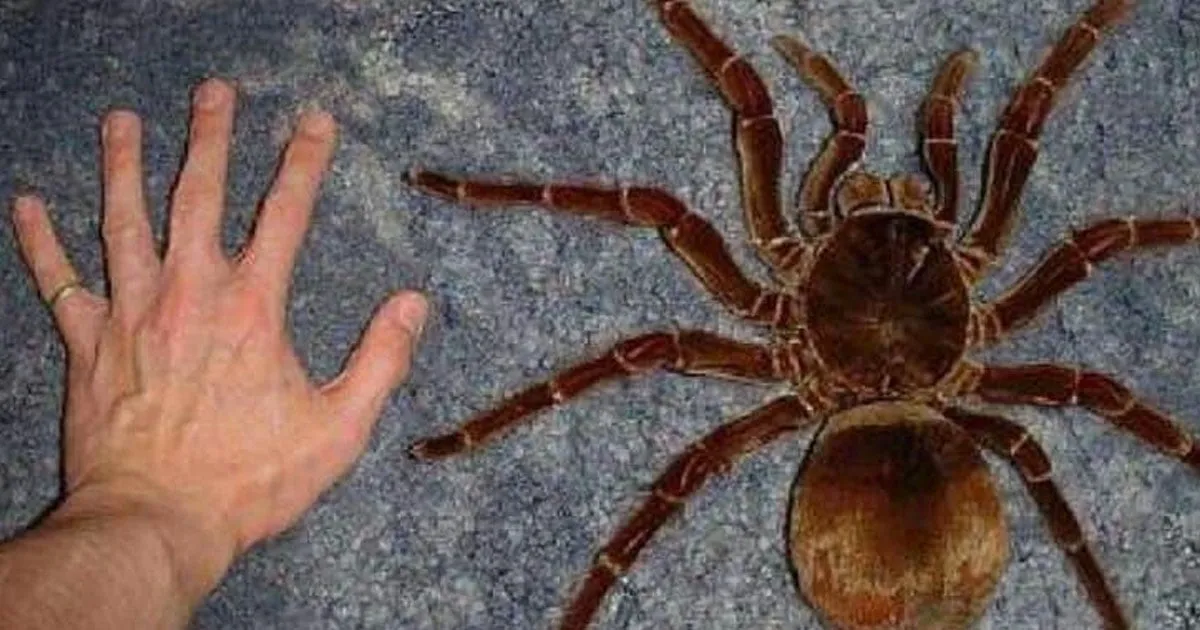
The Burgundy Goliath Birdeater is the third species of the Goliath tarantulas and can reach a leg span of up to 12 inches (30 cm). They are known for their dark brown to burgundy coloration, which gives them a striking appearance. They are often mistaken for the Goliath Birdeater, but their coloration is a key differentiating factor. The Burgundy Goliath Birdeater is very similar to the Goliath Birdeater but the dark Burgundy coloration makes this spider highly recognizable.
Habitat and Behavior
This species is native to the rainforests of Guyana and Suriname. Like other Goliath species, they are terrestrial and ambush predators. They are also known to be defensive and will readily flick urticating hairs. They are known to be active at night, and prefer a humid environment. These are not generally recommended for new keepers.
Factors Influencing Tarantula Size
Several factors can influence the ultimate size a tarantula reaches. Understanding these factors is crucial for providing the best possible care for your tarantula and ensuring its health and longevity.
Genetics and Species
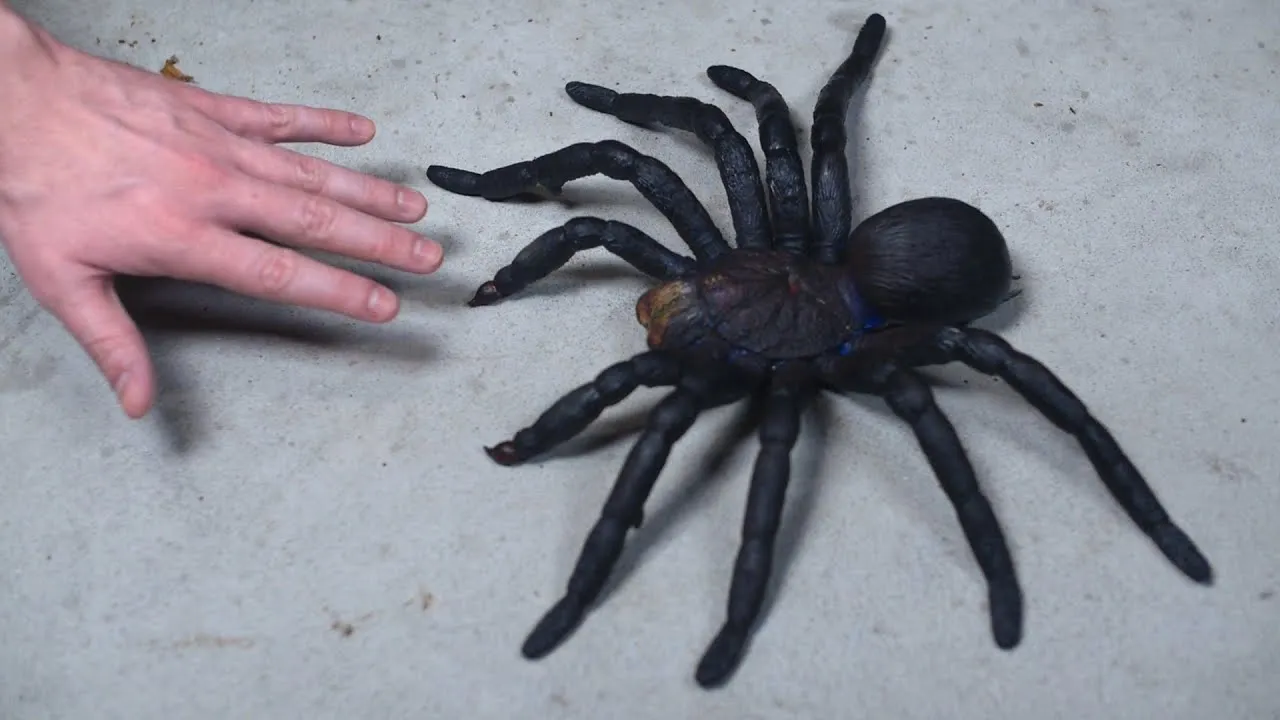
The most significant factor in determining a tarantula’s size is its species. Different species have different genetic predispositions for size. The Goliath Birdeater, for example, is genetically programmed to grow to a much larger size than many other tarantula species. Understanding the genetic potential of your specific species is the first step in understanding how large it will become. Some species are simply naturally larger than others.
Diet and Nutrition
A tarantula’s diet plays a crucial role in its growth and overall size. Providing a varied and nutritious diet ensures that the tarantula receives the necessary nutrients to grow to its full potential. A diet rich in insects, supplemented with occasional treats, is essential. The frequency of feeding should be adjusted based on the tarantula’s age and size. Overfeeding can be harmful, leading to health problems.
Environmental Conditions
Environmental conditions, such as temperature and humidity, also affect a tarantula’s growth. Maintaining the correct temperature and humidity levels for the species is crucial for successful molting and overall health. Incorrect environmental conditions can stunt growth or even lead to health issues. Providing the right environment ensures the tarantula can grow to its genetic potential.
Caring for Large Tarantulas
Caring for large tarantulas requires specialized knowledge and careful planning. These giants require specific housing, feeding, and handling considerations to ensure their well-being and safety. Understanding their needs is vital for a responsible ownership experience.
Housing Requirements
Large tarantulas need spacious enclosures with adequate ventilation. The enclosure should be large enough for the tarantula to move around comfortably and should include a substrate that allows the tarantula to burrow. Provide a water dish and hiding places, such as cork bark or artificial plants, to help the tarantula feel secure. Secure lids are essential to prevent escapes, and regular cleaning is crucial.
Feeding and Hydration
Offer a varied diet of appropriately sized insects, such as crickets, roaches, and mealworms. The frequency of feeding should depend on the tarantula’s age and size, but juveniles typically need to eat more often than adults. Ensure fresh water is always available in a shallow dish. Monitor the tarantula’s body condition to ensure it is not overfed or underweight. Adjust the amount of food accordingly.
Handling and Safety
Handling large tarantulas is generally not recommended, as they can be defensive and may bite. If you must handle your tarantula, do so with extreme caution and ensure you are prepared for potential reactions. Always wash your hands thoroughly after handling. Be aware of the tarantula’s urticating hairs, which can cause skin irritation. Learn to read your tarantula’s behavior to avoid stressing it out.
When considering the giants of the tarantula world, understanding the factors that define ’largest’ is essential. From the impressive leg spans of the Goliath Birdeater to the unique characteristics of the Brazilian Giant Blonde, these arachnids are a testament to the diversity and wonder of the natural world. With the right knowledge and care, you can appreciate these magnificent creatures and ensure their well-being.
